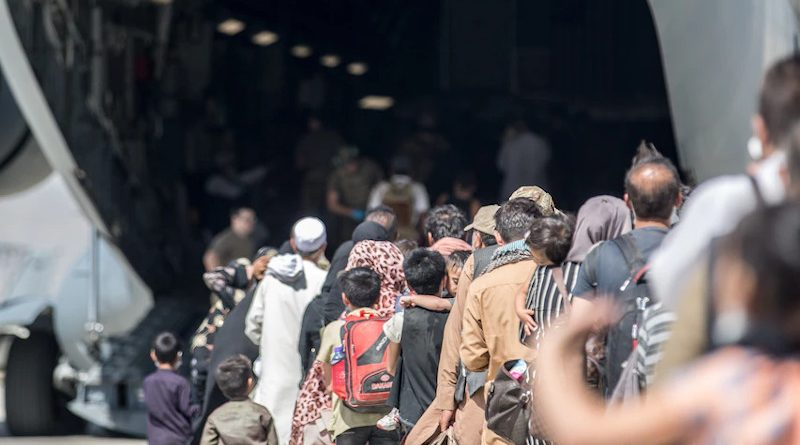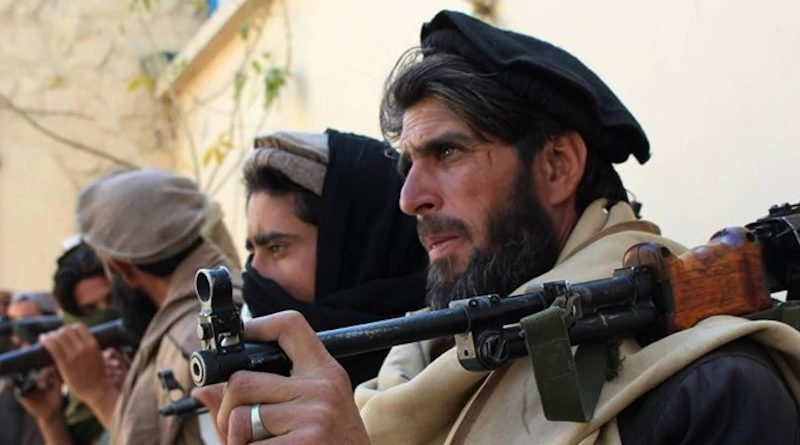With the Taliban Back in Kabul, Regional Powers Watch and Wait

On 15 August, the Taliban capped their drive for power in Afghanistan by taking Kabul, the country’s capital, for the first time since they ruled most of the country from 1996 to 2001. With the previous government’s collapse, the group is now the de facto power throughout the country and is in the process of forming a new government and revamped state system. Questions are swirling about how they will govern, such as whether they will attempt to exercise a monopoly on power or give some roles to other political forces and whether they will try to reimpose the harsh social restrictions, including on women, that they enforced in the late 1990s. As yet, there are no firm answers.






